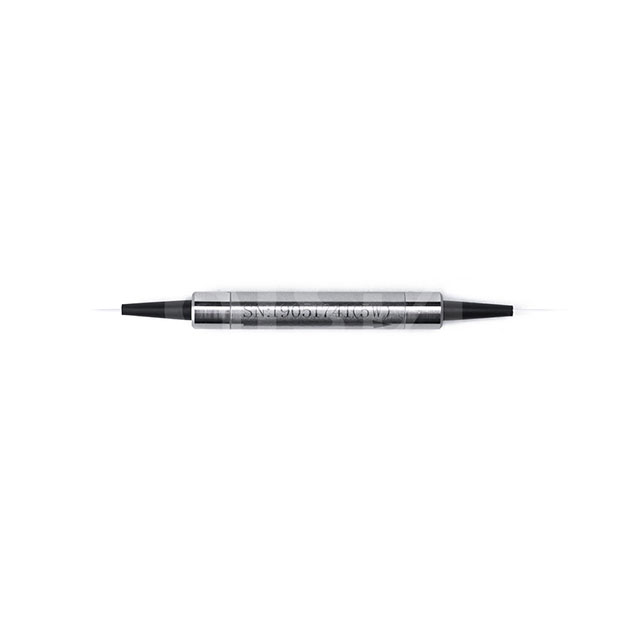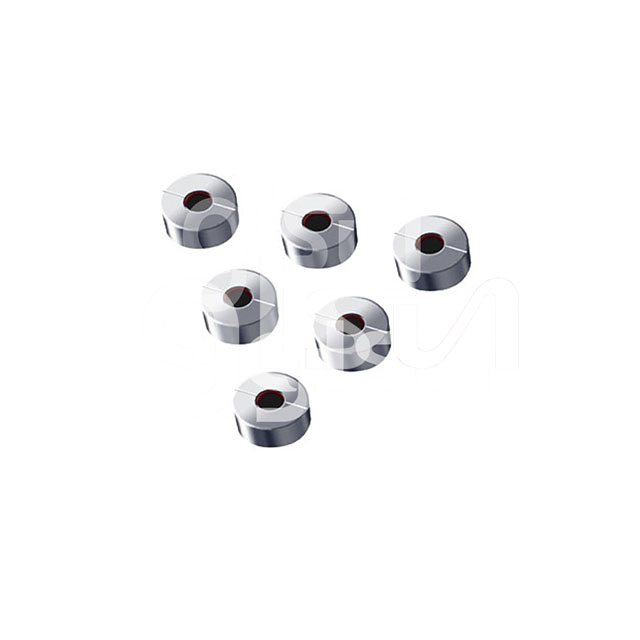Fiber Optic Tech
A Comprehensive Look at Optical Isolators
In the realm of optics, where light reigns supreme, precise control becomes paramount. Enter the optical isolator, a fascinating device that acts as a gatekeeper, meticulously regulating the flow of light signals. Unlike its electrical counterpart, the optical switch, which can completely block or allow light passage, the isolator exhibits a crucial distinction: it permits light to travel freely in one direction while significantly attenuating it in the opposite direction. This directional selectivity unlocks a multitude of applications across various fields, making optical isolators indispensable components in the intricate world of photonics. Optical isolators are essential components in optical communication systems and laser technologies. They serve a crucial function in ensuring unidirectional light propagation, thereby protecting sensitive components from the potentially damaging effects of reflected light.
At its core, an optical isolator allows light to pass through in one direction while blocking it in the opposite direction. This unidirectional behavior is typically achieved using the non-reciprocal properties of certain materials and devices, which means their optical characteristics change when the direction of light propagation is reversed.

Faraday Effect
The primary mechanism behind most optical isolators is the Faraday effect, discovered by Michael Faraday in 1845. The Faraday effect is a magneto-optic phenomenon where the polarization plane of light rotates when it passes through a material under the influence of a magnetic field aligned parallel to the direction of light propagation. The rotation angleθis given by:θ=VBd, where V is the Verdet constant of the material (a measure of its magneto-optic sensitivity), B is the magnetic field strength, and d is the length of the material.
The crucial aspect of the Faraday effect is that the rotation direction is independent of the light's propagation direction. This non-reciprocal property is exploited in optical isolators.
This magneto-optic phenomenon dictates that when linearly polarized light traverses a material under the influence of a magnetic field, its plane of polarization undergoes rotation. Optical isolators that exploit this effect typically consist of three key components:
Input Polarizer: This element transforms the incoming light into a specific, well-defined polarization state, typically linear polarization.
Faraday Rotator: This is the heart of the isolator, containing a material exhibiting the Faraday effect when subjected to a magnetic field. As the polarized light passes through the rotator bathed in a strategically applied magnetic field, its plane of polarization experiences a specific rotation angle.
Output Polarizer: This final component aligns with the desired output polarization state. For optimal forward transmission, the output polarizer is oriented such that it allows light whose polarization plane has been rotated by the Faraday rotator to pass through. Conversely, any light traveling in the reverse direction, having already undergone rotation in the opposite direction by the Faraday rotator, will be blocked by the output polarizer.
Non-linear Optical Effects
Certain materials exhibit non-linear interactions with light, where the refractive index of the material varies with the intensity of the light itself. Leveraging this property, some optical isolators utilize specially designed non-linear optical fibers. When high-powered light propagates in the forward direction, it experiences a lower refractive index compared to lower-powered light traveling in the reverse direction. This difference in refractive index translates to higher attenuation for the light traveling in the undesired direction.
Optical isolators typically consist of three main components: a polarizer, a Faraday rotator, and an analyzer. Polarizer: This component ensures that only light with a specific polarization direction enters the isolator. Faraday Rotator: Positioned within a magnetic field, the Faraday rotator rotates the polarization plane of the incoming light by 45 degrees. Analyzer: This polarizer is oriented at 45 degrees to the incoming light's polarization direction. It allows the rotated light to pass through but blocks light polarized in any other direction.
In the forward direction, light enters the polarizer and becomes linearly polarized. It then passes through the Faraday rotator, which rotates the polarization plane by 45 degrees. The analyzer, aligned at 45 degrees to the initial polarization direction, allows this light to pass through.
In the reverse direction, light first encounters the analyzer, which polarizes it at 45 degrees. After passing through the Faraday rotator, the polarization plane is rotated an additional 45 degrees, totaling 90 degrees relative to the original orientation. This 90-degree rotated light cannot pass through the initial polarizer, effectively blocking the reverse light propagation.
Types of Optical Isolators
There are several types of optical isolators, each designed for specific applications and operational requirements.
Free Space Isolators
Free space isolators are used in systems where light travels through air or another non-guided medium. These isolators are often found in laser systems and laboratory setups. They are typically larger and more robust to handle high-power laser beams.

Fiber Optic Isolators
Fiber optic isolators are designed for use in fiber optic communication systems. These isolators are compact and optimized for integration with optical fibers. They ensure that signals travel in one direction, preventing back reflections that can degrade signal quality and damage components.
Polarization-Dependent and Polarization-Independent Isolators
Polarization-Dependent Isolators: These isolators rely on the polarization state of the incoming light. They are effective for systems where the polarization state is well-controlled and consistent.
Polarization-Independent Isolators: These isolators work with light of any polarization state, making them suitable for systems where the polarization may vary or is unknown.
Optical isolators are used in a wide range of applications, from telecommunications to industrial lasers and medical devices.
Telecommunications: In fiber optic communication systems, optical isolators protect laser sources and amplifiers from back reflections, which can cause instability and signal degradation. They are essential components in ensuring reliable and high-quality signal transmission over long distances.
Laser Systems: In high-power laser systems, optical isolators protect the laser cavity from back reflections that can cause damage and disrupt laser operation. They are critical in maintaining the performance and longevity of lasers used in industrial, medical, and scientific applications.
Quantum Optics: The secure transmission of quantum information relies on the precise control of photons. Isolators guarantee the unidirectional flow of single photons, a vital aspect of quantum key distribution protocols. Optical isolators play a crucial role in quantum optics experiments, where precise control of light is essential. They help in maintaining the integrity of delicate quantum states by preventing unwanted feedback.
Medical Devices: In medical imaging and diagnostic devices, optical isolators ensure the accurate and reliable operation of lasers and other optical components. They are used in systems such as optical coherence tomography (OCT) and laser surgery equipment. High-resolution medical images require reliable transmission. Isolators safeguard against signal degradation caused by back-reflections, ensuring the accurate delivery of critical medical data.
The field of optical isolators is continually evolving, with ongoing research aimed at improving performance and expanding their range of applications.
Integrated Photonics
One significant trend is the development of integrated photonic isolators, which can be incorporated into photonic integrated circuits (PICs). These miniaturized isolators are crucial for the advancement of on-chip optical communication and computing technologies.
Advanced Materials
Research into new materials with enhanced magneto-optic properties is driving the development of more efficient and compact optical isolators. Materials such as graphene and other two-dimensional materials hold promise for next-generation isolator designs.
Non-Magnetic Isolators
Non-magnetic isolators, which rely on other non-reciprocal effects, are also an area of active research. These isolators can potentially overcome the limitations of traditional Faraday-effect-based designs, such as the need for bulky magnets and limited bandwidth.
Optical isolators are indispensable components in modern optical systems, providing protection and enhancing performance in a wide range of applications. Understanding their principles, design, and applications is essential for advancing optical technology and developing innovative solutions for future challenges. As research and technology continue to evolve, optical isolators will remain a critical element in the advancement of optical communication, laser systems, and beyond.



















